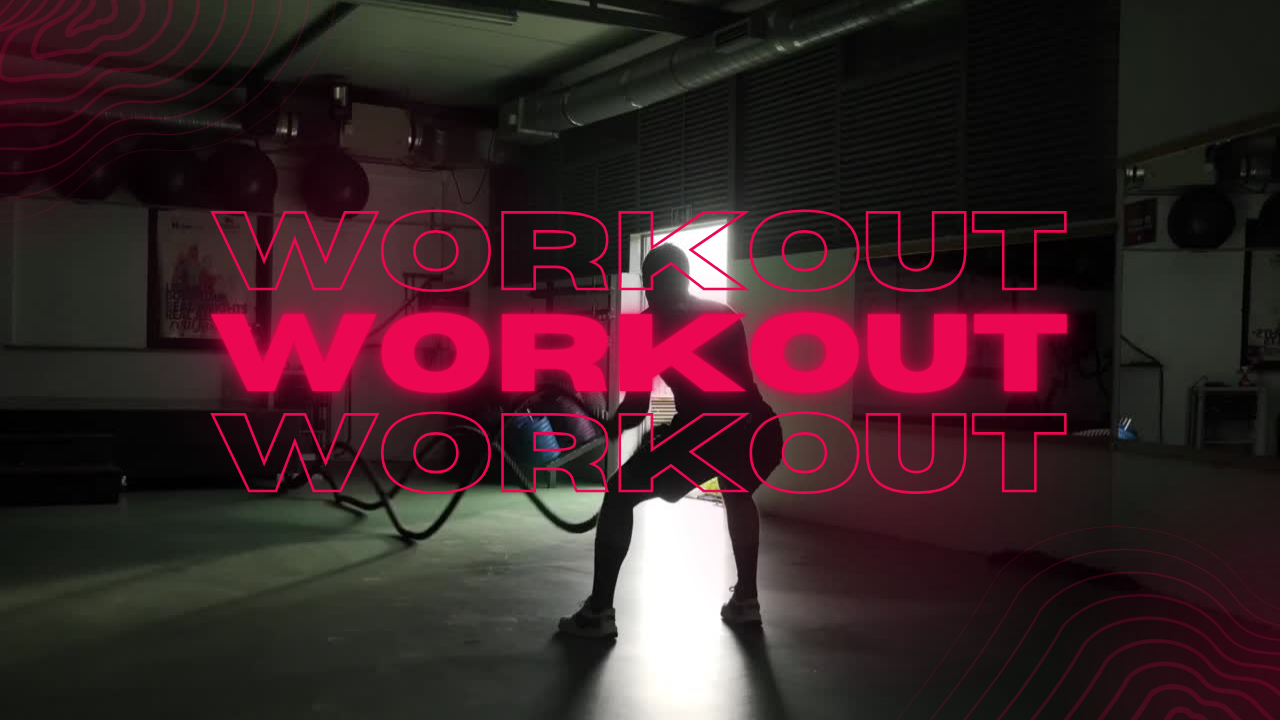
Join 10k+ people to get notified about new posts, news and tips.
Do not worry we don't spam!

Post by : Samjeet Ariff
Disclaimer: This article serves informational goals only and should not replace professional medical or fitness advice. Always consult a qualified trainer or healthcare specialist before initiating a new exercise regimen.
The fitness landscape is undergoing a significant transformation, with adaptive fitness emerging as a leading trend. Unlike generic training programs, adaptive fitness emphasizes customized movements and focused muscle engagement tailored to match an individual's unique physical capabilities, lifestyle, and aspirations.
Whether recovering from an injury, managing limited mobility, or seeking to rectify muscular imbalances, adaptive workouts are crafted to cater to your body's current condition—facilitating safe progression from that point onward.
Today's fitness journey isn’t solely focused on lifting heavier weights or running faster but is centered on training smarter rather than harder. Adaptive fitness considers various factors such as posture, muscle symmetry, flexibility, and recovery time to create routines that reduce injury risk while maximizing effectiveness.
This trend is gaining traction for several reasons, such as:
Personalized Programs: Workouts are fine-tuned to match individual capabilities and goals.
Longevity Focus: Helps prevent injuries by enhancing weaker or underused muscles.
Enhanced Recovery: Particularly advantageous for those managing joint issues or chronic pain.
Comprehensive Growth: Prioritizes strength, mobility, and balance over mere aesthetics.
Your body is in a constant state of adaptation—be it stress, sleep, or physical exertion. Adaptive fitness leverages the biological principle of progressive adaptation to engage specific muscles safely and effectively.
Here’s the method in action:
Initial Assessment: Trainers assess your mobility, posture, and muscle imbalances.
Personalized Programming: Adjustments are made based on your strengths and weaknesses for volume, intensity, and movement.
Continuous Feedback: Progress is monitored, evolving workouts as your body improves.
By nurturing underutilized muscles and addressing overactive ones, adaptive training fosters better alignment, enhanced posture, and overall strength.
Adaptive workouts prioritize functional movements, targeting muscles vital for daily activities. Key areas include:
Core and Stabilizers: Enhancing balance, posture, and lower back stability.
Glutes and Hamstrings: Addressing lower-body strength deficiencies and supporting hip mobility.
Shoulders and Upper Back: Countering poor posture from long hours of sedentary work.
Knees and Ankles: Enhancing joint stability and preventing injuries across various age groups.
Each exercise program is tailored uniquely based on individual body mechanics, ensuring safe training while building sustainable strength.
Embarking on an adaptive fitness journey doesn’t necessitate expensive gym memberships or advanced technology. It starts with awareness and structured planning.
Here are some actionable steps:
Before engaging in weightlifting or running, understand your body’s movement limitations. Many trainers provide mobility assessments to identify tight or weak areas.
Prioritize accuracy and form over speed. Controlled movements foster stronger neuromuscular connections between your brain and muscles.
Include stretching, foam rolling, and dynamic warm-ups to prepare your muscles for optimal range of motion while countering stiffness.
The essence of adaptive fitness lies in incremental progression. As your body adjusts, slowly ramp up resistance, intensity, or duration.
The cornerstone of adaptive fitness is attuning to your body’s signals. Fatigue, soreness, or limited mobility warrant adjusting your training approach.
Technology significantly boosts the accessibility of adaptive training. From smart wearables to AI-driven fitness applications, modern tools make progress tracking simple and effective.
Notable tools and techniques include:
Resistance Bands and Suspension Trainers: Ideal for introducing controlled resistance in functional strength training.
Stability Balls and Balance Boards: Work to enhance coordination and core strength.
Smart Mirrors and Apps: Provide real-time feedback and tailored workout guidance.
Wearable Trackers: Assess heart rate variability and recovery to avoid overtraining.
Those training at home can start effectively with bodyweight exercises and resistance bands to develop adaptive strength.
Adaptive fitness caters to people from all walks of life—it's not just for athletes or hardcore gym-goers. From desk workers suffering tight shoulders to seniors striving for better mobility, everyone can find value in it.
This approach is ideal if you:
Lead a sedentary life and wish to ease into fitness.
Are in recovery from an injury or surgery.
Seek to address chronic pain or postural challenges.
Aim to enhance athletic performance through intelligent training.
Want to lower stress levels while improving body awareness.
Adaptive workouts transcend physical changes, with studies indicating that consistent, mindful exercise promotes mental clarity, improved stress management, and emotional well-being.
The customized nature of these routines not only bolsters confidence but also nurtures a healthy mind-body connection—transforming exercise into a habit that lasts rather than a mere task.
With advancements in AI and biomechanics, adaptive fitness is poised to become the standard practice in health and performance training.
Future fitness systems are likely to include real-time muscle tracking, AI-enhanced form correction, and predictive analytics for recovery, allowing for precision training tailored to individual needs.
This movement signifies a pivotal shift from generic high-intensity workouts towards personalized, thoughtful training methods that prioritize long-term health.
Adaptive fitness is far from a fleeting trend—it's the future of training, recovery, and building resilient physiques. By concentrating on your unique strengths, shortcomings, and aspirations, adaptive training empowers you to work intelligently, minimize injury risks, and develop enduring strength throughout your life.
When you're prepared to embark on this journey, start small: assess your body, move with intention, and progress at a comfortable pace. Your body isn’t a machine—it’s an adaptive system capable of significant transformation through careful, precise training.










Paramount+ to Stream PBR’s 'Unleash the Beast' in New Five-Year Deal
Paramount+ will stream PBR’s 'Unleash the Beast' across the U.S. starting this December under a five

Zohran Mamdani Clinches NYC Mayoral Seat as Victory Speech Blends Politics and Bollywood
Zohran Mamdani won New York City's mayoral race, becoming the city's first Muslim and South Asian ma

India Wins First Women’s World Cup 2025 Title
India lifts its maiden Women’s World Cup 2025 title! Harmanpreet Kaur’s team stuns South Africa in a

Manuel Frederick, 1972 Olympic Bronze Goalkeeper, Dies at 78
Manuel Frederick, a member of India’s 1972 Olympic bronze hockey team, has died in Bengaluru at 78 a

Muhammad Hamza Raja Wins IFBB Pro Card Puts Pakistan & UAE on Global Stage
Pakistani bodybuilder Muhammad Hamza Raja earns IFBB Pro Card in Czech Republic, showcasing Dubai’s

Shreyas Iyer’s Recovery Underway After Spleen Laceration in Sydney ODI
Shreyas Iyer is recovering after a spleen laceration sustained while taking a catch in the Sydney OD